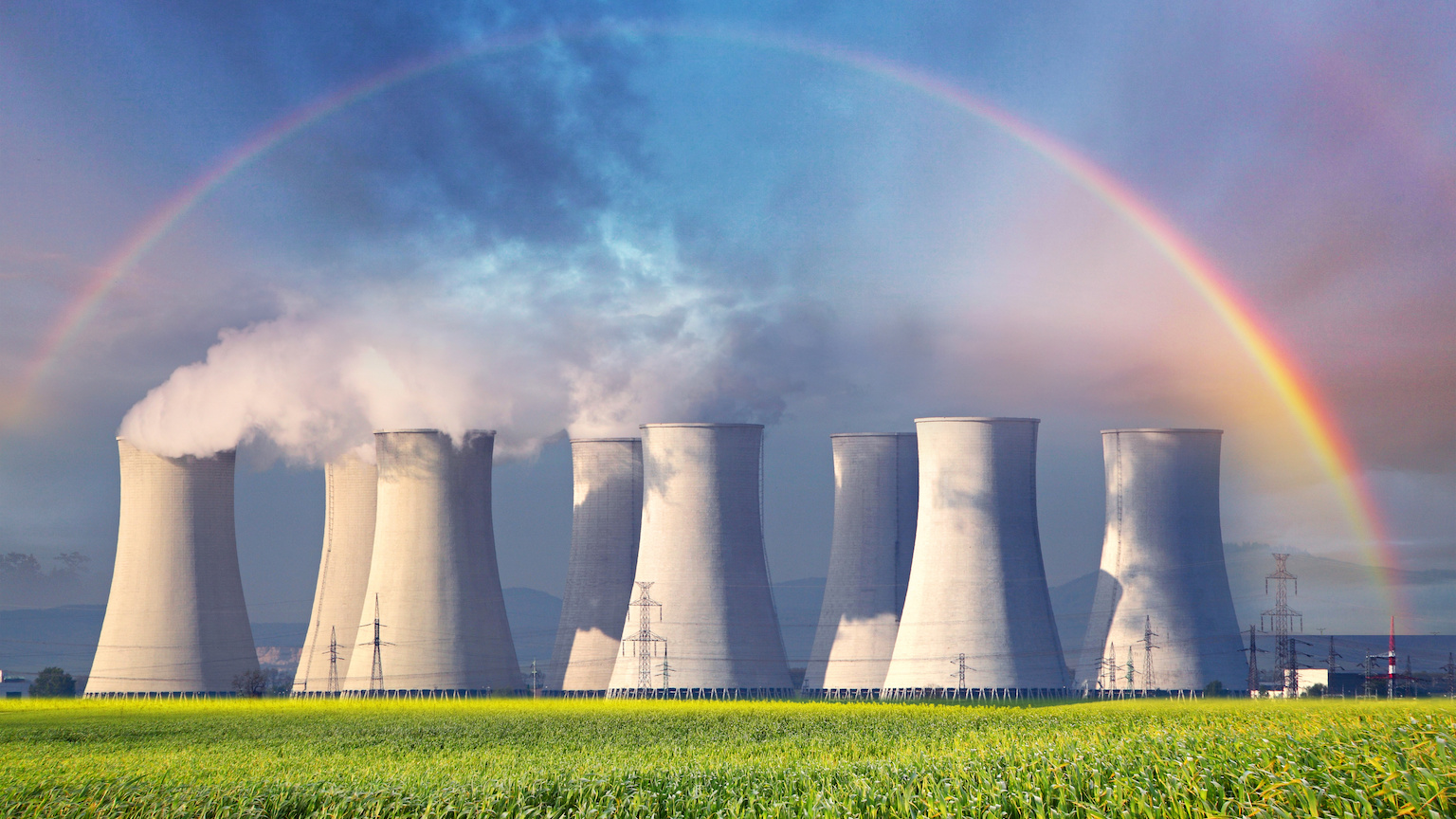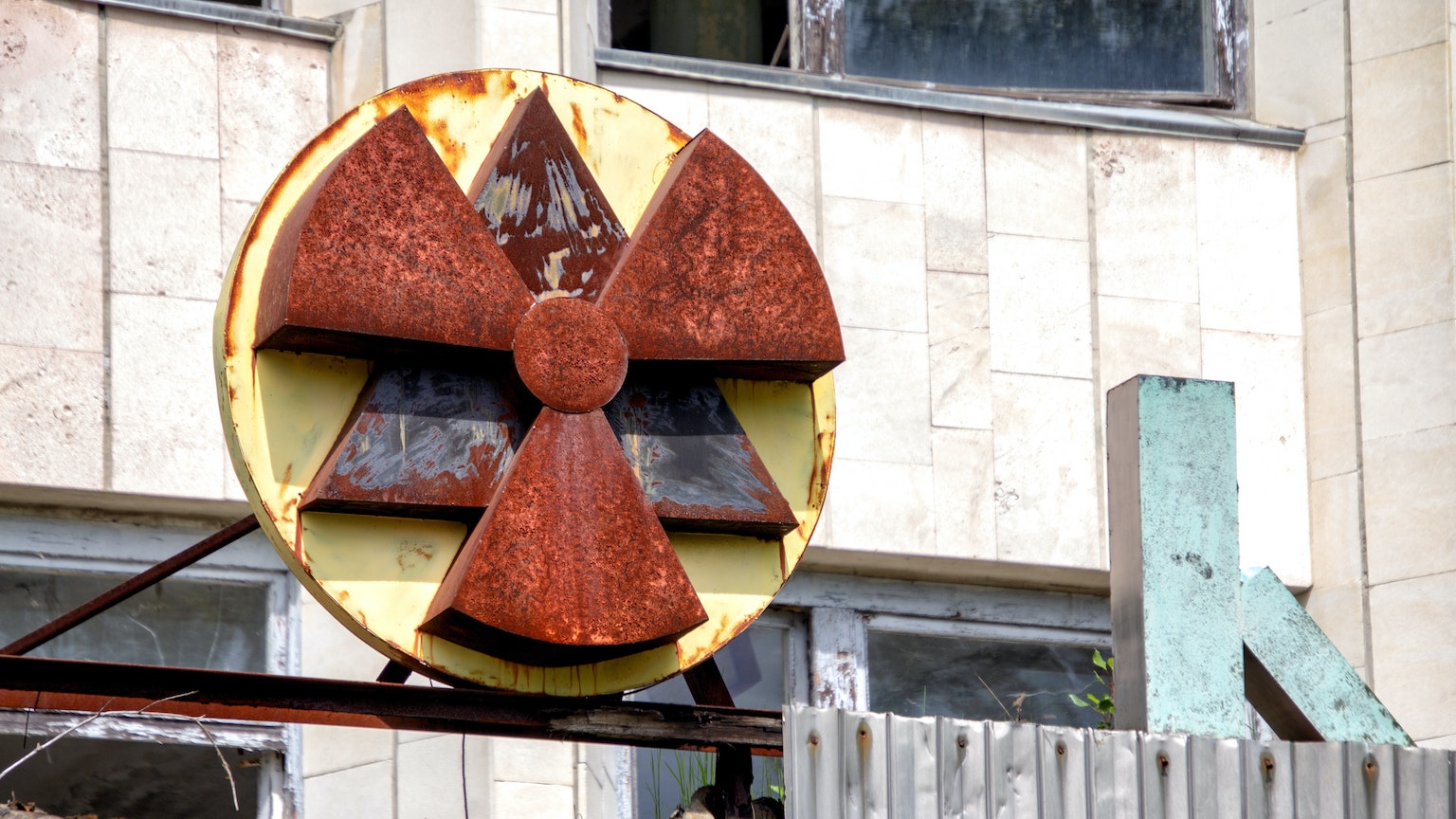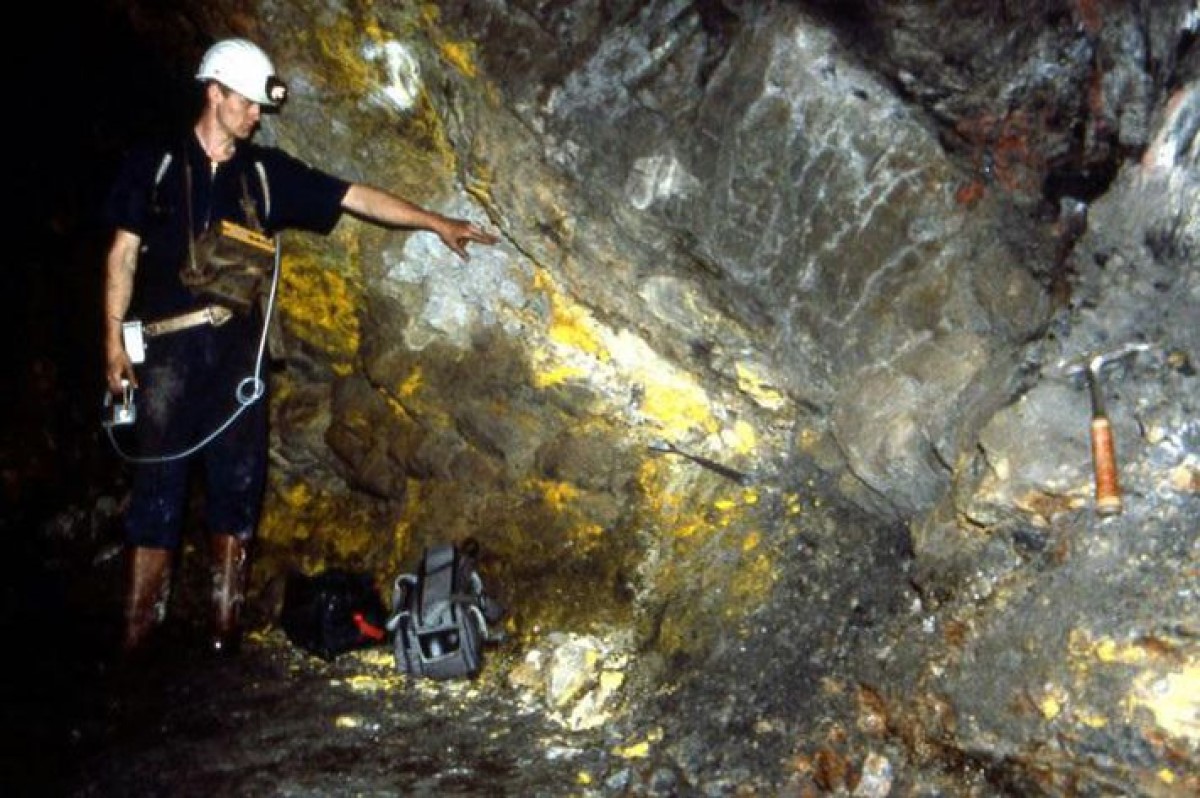Science explains why an explosion at the Zaporizhzhia nuclear power plant is unlikely

- The Zaporizhzhia nuclear power plant is caught up in the Russo-Ukrainian war. Ukrainian President Volodymyr Zelensky recently warned of a potential disaster at the facility.
- If the plant is damaged, safety systems likely would prevent a serious release of radiation. If the plant is entirely blown up, the radiation release would be modest.
- Catastrophe is only possible in the unlucky situation that the plant’s safety systems were suddenly destroyed while the reactor vessels were damaged, but not destroyed. Physics explains why.
As the war in Ukraine grinds on, worries periodically arise regarding nuclear power plants caught in the crossfire. Could an explosion occur, causing an unprecedented catastrophe?
In March, concerns about spiking radiation levels at Chernobyl proved unfounded as the levels quickly settled back down. Nobody was disturbing the entombed core. Instead, the likely culprit was troop and vehicle movement in dusty soil containing radioactive particles. However, in an understandable attempt to keep Western nations focused on Ukraine, President Volodymyr Zelensky recently said:
“The IAEA and other international organizations must act much faster than they’re acting now. Because every minute the Russian troops stay at the [Zaporizhzhia] nuclear power plant is a risk of a global radiation disaster.”
This is very unlikely to happen. Physics and smart engineering explain why.
Suppose the nuclear power plant is completely obliterated — blown to bits. Radioactive material would be scattered widely about, but it would be incapable of initiating a chain reaction (the series of nuclear reactions that result in a colossal release of energy). The ground would be contaminated, but there would be no widespread major radiation release à la Chernobyl in 1986. The media would declare this a massive disaster, but the reality is that the health risks would be insignificant compared to the casualties generated by the war.
Ironically, the only situation in which a catastrophe could occur is if the nuclear reactors are damaged but not destroyed. Simultaneously, the plant’s safety backup systems would need to be destroyed or compromised with no warning and no recourse. How could this scenario play out, and are there parallels to previous nuclear reactor failures?
Zaporizhzhia is not Chernobyl
The plant at Zaporizhzhia has six fission reactors of identical design. Each is a pressurized light water reactor, containing uranium (U) rods suspended in water. (“Light water” refers to regular water, as opposed to “heavy water” that contains deuterium in place of hydrogen.) The uranium is enriched to contain a few percent U-235, a uranium isotope capable of sustaining a nuclear chain reaction. During the chain reaction, decaying uranium atoms release neutrons, which go on to strike other uranium atoms, causing them to release neutrons.
Many of these neutrons, however, are traveling too fast to sustain the chain reaction, so the enriched uranium rods are suspended in a pool of water so that hydrogen atoms can slow (or “moderate”) the neutrons to increase their likelihood of causing a fission reaction in the surrounding uranium fuel. In simple terms, the water inside the reactor slows the neutrons which, counterintuitively, increases the reaction rate. If water is lost, the reaction slows. If the water becomes too hot or boils, it becomes a worse moderator, slowing the reaction and cooling the water. In both cases, this negative feedback loop allows the pressurized light water design to maintain self-reinforcing stability against overheating.
Chernobyl’s reactors used a positive feedback loop in their design, which can (and did) lead to a runaway reaction. The loss of water increases the reaction rate, boiling away more water, further increasing the reaction rate. In 1986, a series of events — largely based on incompetence — at the Chernobyl plant infamously triggered such a runaway fission reaction, releasing massive quantities of heat and causing the plant’s No. 4 reactor to explode. Zaporizhzhia’s design prevents it from melting down in the immediate, catastrophic manner of Chernobyl.
Three Mile Island
Still, disaster can strike under the right conditions. The light water is also the reactor’s coolant. While the primary fission reaction is slowed by water loss, some reactions continue among radioactive decay products within the uranium fuel rods. If the water is lost (or remains inside but can no longer circulate through a cooling loop), these residual fission reactions will heat the rods until they begin to melt. Sufficient melted core material piling up at the bottom of the reactor can form a critical mass for a runaway chain reaction. This is what happened in two different ways at Three Mile Island and the Daiichi Station in Fukushima.
At Three Mile Island, failure resulted from a compounding of errors by plant operators and small design flaws in the reactor control systems. The cooling system went down, and water inside the vessel started to boil away. This automatically triggered an emergency condition, called a SCRAM, in which control rods drop into the reactor to dramatically slow fission. However, the residual reactions continued until the core partially melted. Eventually, the operating staff realized the magnitude of the situation and were able to use a functional backup valve to help circulate water and cool down the reactor. The result was only a partial meltdown: No melted core material breached the reactor vessel. The radiation release was limited to contaminated fluid escaping into one building. The wider radiation release was negligible, nearly indistinguishable from the background radiation that exists naturally in the environment.
Fukushima Daiichi
The shock of the 2011 Tohoku earthquake caused the reactors at the Daiichi facility in Fukushima to properly SCRAM. Residual fission reactions continued for some time, just as they did at Three Mile Island. Backup diesel generators came online to continue circulating water and cool the rods while the reactions gradually wound down. Water remained in the reactor core and the situation was under control — until the tidal wave came.
The 46-foot tsunami crashed over the plant and wiped out the generators running the cooling system. The placement of the backup generators at a location vulnerable to giant tsunamis was a known design flaw. There were further systems in place to switch to intact backup generators. In yet another design flaw, these backup-backup switches were housed in the same buildings destroyed by the tsunami. Third-level backup batteries delayed meltdown in one core for a little longer before running out of juice. Mobile power supplies were sent to the plant, but destroyed roads, adverse conditions, and cable problems thwarted the effort. Eventually three cores melted down.
Zaporizhzhia: Not ideal, but not catastrophic
This is a potentially relevant scenario in a war zone. If an unexpected shell strike were to damage the Zaporizhzhia reactors, but not destroy the vessels completely, and knock out the backup cooling safety systems, as well as the backups to those backups, and so forth, then a full meltdown scenario could occur. This would release substantial radiation into the surroundings, a true disaster.
The risk is not zero, which is scary. But the risk is also not high.
A few additional circumstances are worth noting. Russia currently controls the Zaporizhzhia facility. Despite Zelensky’s rhetoric, the greatest risk likely comes from Ukrainian military operations, though both sides inevitably blame the other any time a shell hits the plant.
There are other indicators that the situation may not be as bad as feared. Apparently, no more than two, and possibly only one, of the six reactors remain in operation. The original Ukrainian engineering staff continues to run the plant, and they are finding additional backup resources. They can likely shut down the remaining reactors if the situation becomes too dire. A nuclear plant caught in a war zone is not an ideal situation, but a catastrophe is unlikely.





